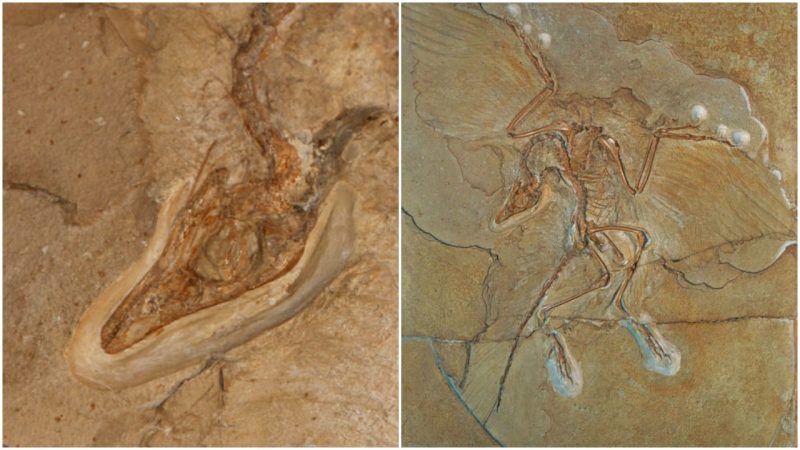When new groups of species are set to evolve, the process has a transition phase. In this phase, the creature that evolves displays traits of both how it looked in the past and how it is to look in the future. A glance back some 150 million years reveals to us a spectacular illustration of how an evolutionary process went, fossil-captioned. We are talking about the Berlin specimen of Archaeopteryx lithographica, which looks as if it was a piece of modern art.
Archaeopteryx was neither a dinosaur nor a bird as we perceive the birds of today: it was a milestone in evolution, a transitional genus between flightless feathered dinosaurs and later dinosaur species. This genus would have roamed our Earth in the late Jurassic period and its bony tail, claws seen on its wings, and also its teeth are a testimony to its reptile nature. On the other hand, its brain, feathers, and wishbone would have been the proof of its emerging nature.
Even the name Archaeopteryx is an interesting combination of Greek words, where “archaīos” means ancient, and “ptéryx” for feather or wing. Many have considered the Berlin specimen to be one of the world’s best-known fossils of all.
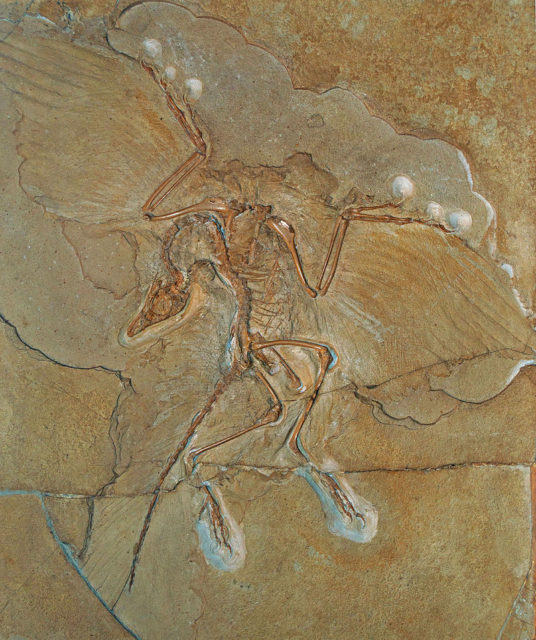
Reportedly, all existing fossils of Archaeopteryx have been found in the southern parts of Germany, where they have been preserved in limestone deposits for millions of years. In total, close to a dozen Archaeopteryx fossils have been found, however the Berlin specimen is the most captivating.
It is the most complete example to date, and the first found with its head intact. Aside from the intact skull, the specimen has a well-preserved skeleton and even some feathers that look like they were plucked out of a modern-day bird just yesterday. All of these details add to the beauty of the fossil.
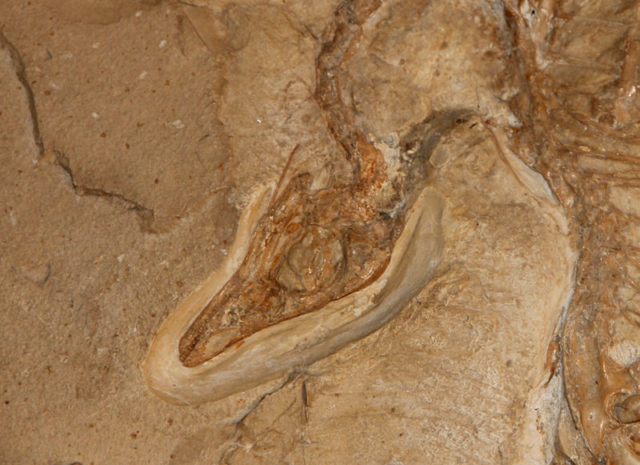
The story of the accidental discovery of the Berlin specimen is almost as fascinating as the specimen itself. Reportedly, it was retrieved from the region of Bavaria in 1875; the location of its discovery is close to the small town of Eichstätt.
The fossil was found by a farmer named Jakob Niemeyer, but he apparently was not aware of its significance. Still, he was amazed by its beauty. The farmer eventually sold the fossil to Johann Dörr, an innkeeper who used the fossil as a decoration on the wall of his property. The sum that Niemeyer got from the deal was generous enough for him to purchase a new cow.
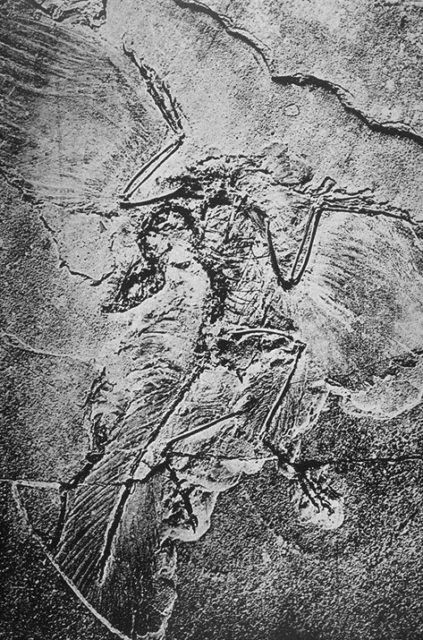
The innkeeper kept the specimen for a couple of years, but he eventually sold it and the ancient relic changed ownership again. Fortunately, its great archaeological significance was finally recognized in 1881, when it was handed over to the Humboldt Museum of Natural History in Berlin.
Interestingly enough, the person who provided the money for the specimen to be acquired by the museum and who later financed research on it was none other than the wealthy German industrialist Ernst Werner von Siemens. History would remember him for founding the giant Siemens corporation. But for his part in archaeological history and research, the industrialist paid a then-hefty price of 20,000 gold marks to make the fossil transfer happen.
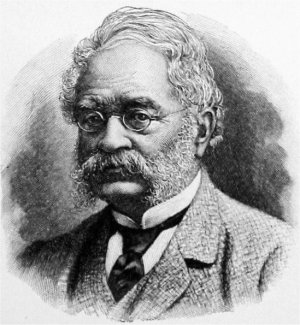
The specimen was extensively studied from 1881 to 1897, and all researchers who got a chance to examine it agreed that it was one of the most splendid fossils ever found in the history of archaeology. Of course, today there are many other just as splendid fossils, if not much more remarkable than the Berlin specimen. A tiny dinosaur whose fossils have recently been found in China may have had rainbow-colored feathers that would have adorned the head and the neck of the creature.
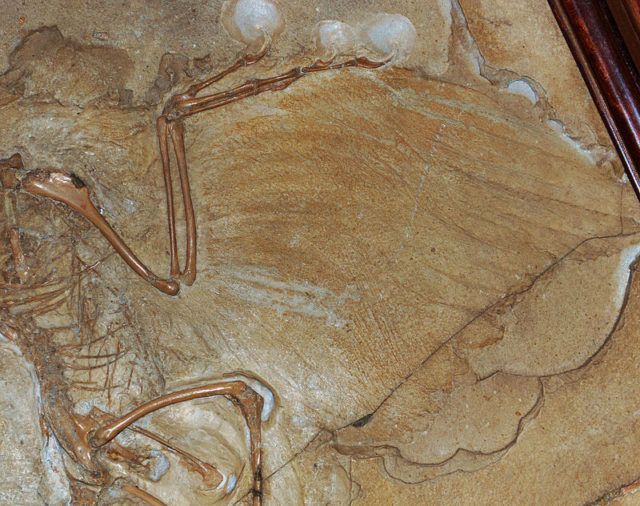
Back to the Berlin specimen, when it was found it helped classify a new species altogether. Its full name, “Archaeopteryx siemensii,” also honors the name of the generous industrialist who financed the purchase of the fossil and of its many subsequent extensive studies.
The Berlin specimen can still be seen in the same museum where it is kept in a glass cabinet, and many visitors come daily to marvel at its beauty and historical significance.
